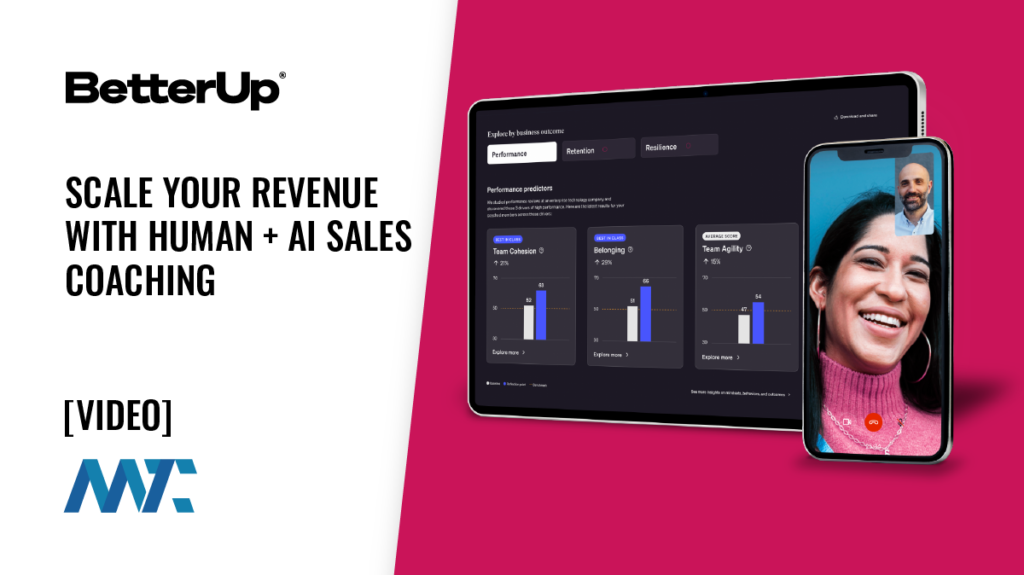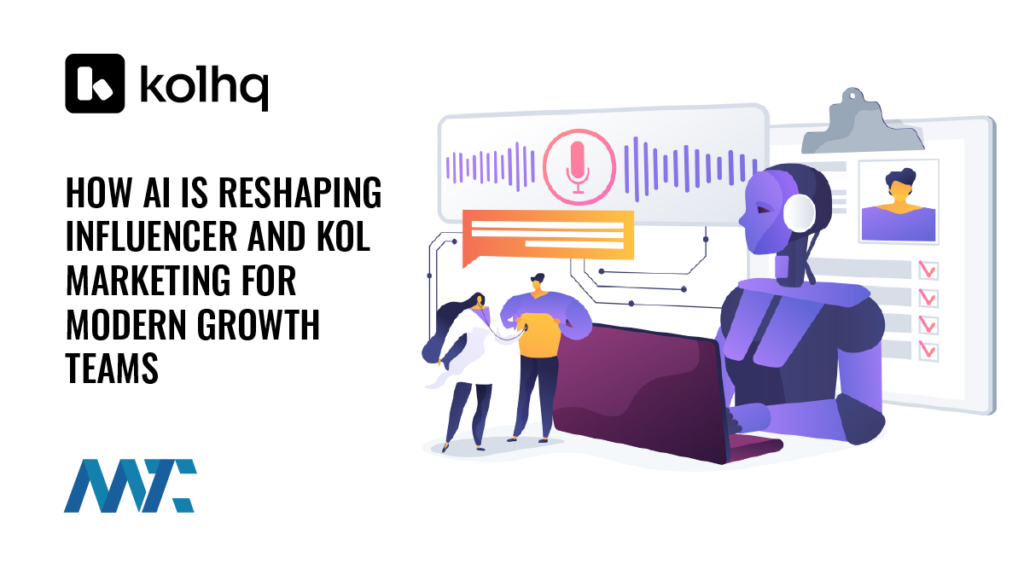Navigating Time Challenges in an Era of Shrinking Budgets, Expanding Strategies, and Limited Resources

It’s been 20 years since I first wrote about the challenge of time with respect to marketing. Marketers continue to grapple with a persistent and escalating challenge: the lack of time to manage every channel and medium effectively. With budgets stagnating or shrinking amid economic uncertainties, teams are stretched thin, often forced to juggle multichannel strategies without adequate resources.
In my new role, my team has doubled in size, but our workload has more than tripled. And that’s not even including the mediums and channels we know we eventually need to conquer. It’s exciting to be part of a rapidly growing business, but it’s also stresseful. It’s also requiring unrelenting discipline to not jump on every request and, instead, methodically develop our team with the right tools, automation, and adoption. If we become more efficient sooner, I know we’ll become more effective later. Thankfully, the leadership at the company fully recognizes this and supports it wholeheartedly.
Time and resource constraints not only hamper creativity and innovation but also risk burnout and suboptimal performance in modern marketing teams. Drawing from recent insights by leading research firms like Gartner, McKinsey, and Forrester, this article explores the key facets of this issue, offering a roadmap for marketers and the executives they report to. By understanding these pressures, organizations can better align strategies to drive efficiency and growth.
Table of Contents
Shrinking Marketing Budgets and Resource Constraints
59% of CMOs report they have insufficient budget to execute their strategy in 2025.
Gartner
Marketing budgets have flatlined at 7.7% of company revenue, a figure that reflects ongoing economic pressures and forces CMOs to prioritize ruthlessly. This stagnation exacerbates resource shortages, with many leaders cutting back on agencies and labor to stretch limited funds.
For marketers, this translates to overloaded workloads, where teams must handle more internal tasks without additional headcount, leading to inefficiencies in daily operations and long-term planning.
Executives should recognize that these constraints aren’t just financial—they directly impact the bandwidth available for strategic initiatives, often resulting in reactive rather than proactive marketing efforts.
The Challenge of Channel Fragmentation
Customer obsession is a state of hyperfocus on uncovering, generating, tracking and responding to customer signals, which can lead to unprofitable extremes, with marketers trying to be present everywhere customers are.
Gartner
As digital channels proliferate—from social media and email to emerging platforms like retail media networks—marketers face fragmentation that demands constant adaptation. Attempting to cover all bases with limited resources often leads to diluted efforts and wasted time on low-impact activities.
This hyperfocus on every customer signal can result in overlapping roles and inefficient resource allocation, making it challenging to deliver cohesive cross-channel experiences. For executives, this highlights the need to shift from broad coverage to targeted, converged strategies that align with core business objectives, reducing the time sink of managing disparate mediums.
Impacts on Time and Efficiency in Multichannel Efforts
Two out of three respondents to our survey said that they’re feeling nervous about being able to slow spending and outgrow competitors at the same time. In some cases, marketing budgets were cut by as much as 10 to 20 percent.
McKinsey
Budget cuts force marketers to rethink multichannel approaches, often prioritizing bottom-of-the-funnel tactics over full-funnel strategies that build long-term awareness. This nervousness stems from underutilized technologies and capability gaps, such as in data analytics (identified by over one-quarter of CMOs as a top issue), which hinder quick adaptations and amplify time pressures.
Teams end up spending disproportionate hours on manual tasks or inefficient tools, leading to burnout and reduced ROI. Executives must understand that these efficiencies aren’t isolated; they ripple through the organization, affecting overall growth and competitive positioning in a resource-scarce environment.
Leveraging AI to Alleviate Time Pressures
CMOs are leveraging data analytics and technology, particularly AI, in order to squeeze more from static budgets. GenAI investments are delivering ROI through improved time efficiency (49%), improved cost efficiency (40%), and improving capacity to produce more content and/or handle more business (27%).
Gartner
Amid these challenges, AI has emerged as a critical tool for reclaiming time and enhancing productivity. By automating tasks like content creation and performance optimization, generative AI helps marketers handle multichannel demands without expanding teams. This shift allows for faster test-and-learn cycles and reduces reliance on external agencies, freeing up hours for high-value strategic work.
However, adoption requires careful integration to avoid underutilization, a common pitfall that could otherwise compound inefficiencies. For executives, investing in AI isn’t optional—it’s a pathway to empowering marketers to focus on innovation rather than administration.
5 Strategies to Overcome the Time Challenge
To address the time crunch effectively, businesses must adopt proactive measures that align marketing teams with broader organizational goals. Here are actionable takeaways for marketers and executives:
- Prioritize Ruthlessly: Focus on high-impact channels and activities by conducting granular spend analyses to eliminate inefficiencies, potentially saving 10-20% of budgets for reinvestment in growth areas like full-funnel marketing.
- Embrace AI and Automation: Invest in generative AI for quick wins in content production and analytics, boosting time efficiency by up to 49% and reducing dependency on agencies.
- Streamline Operations: Optimize agency partnerships by ensuring they adopt AI tools to deliver more effective, attributable work and foster cross-functional alignment to reduce overlapping roles and fragmented efforts, enabling adaptive plans that respond to market changes without overwhelming teams.
- Shift to an Investor Mindset: Move beyond blunt cuts by assessing ROI across the funnel, experimenting with commerce media, and emphasizing speed in decision-making to outpace competitors despite constraints.
- Build Resilience Through Data: Address capability gaps in analytics to optimize performance, ensuring teams have the tools to make data-driven decisions that save time and enhance multichannel coordination.
To ensure these strategies succeed, clear internal communication is essential to secure buy-in from leadership and cross-functional teams. Marketers should present a transparent plan that outlines why investments—such as AI adoption or prioritized channels—are chosen, tying them directly to business goals like ROI and customer engagement.
Share a clear prioritization framework, detailing which initiatives are active and why, alongside a visible backlog to manage expectations. Define success KPIs, such as improved time efficiency or conversion rates, and regularly communicate progress through dashboards or updates. This transparency builds trust, aligns stakeholders, and ensures everyone understands the strategic focus and its impact on organizational growth.
A simple solution is just having a shared spreadsheet, something similar to:
| Initiative | Description | Priority (1-5) | Impact Metric | Success KPI | Backlog Item | Status |
|---|---|---|---|---|---|---|
| Reddit Community Engagement | Actively participate in relevant subreddits (e.g., r/technology) to boost SEO visibility and leverage AI for sentiment analysis and content optimization. | 1 | 25% increase in organic search traffic from Reddit | Top 5 search result ranking for 3+ key terms within 6 months | No | Active |
| Instagram Search Optimization | Optimize Instagram posts with targeted keywords and hashtags to improve discoverability in search and explore pages. | 2 | 20% increase in profile visits via search | 15% growth in follower engagement rate within 3 months | No | Active |
| AI-Powered Email Personalization | Use AI tools to segment audiences and tailor email campaigns based on user behavior and preferences. | 3 | 30% improvement in email open rates | 10% increase in click-through rates within 4 months | No | Planning |
| LinkedIn Thought Leadership Posts | Publish regular thought leadership content on LinkedIn to build brand authority and drive B2B engagement. | 4 | 15% increase in LinkedIn-driven leads | 20% growth in post impressions within 6 months | Yes | Backlog |
| TikTok Video Campaigns | Create short-form video content for TikTok to engage younger audiences and test ad performance with AI-driven analytics. | 5 | 10% increase in brand mentions on TikTok | 5% conversion rate from TikTok ads within 3 months | Yes | Backlog |
By implementing these strategies, organizations can transform the time challenge into an opportunity for leaner, more agile marketing functions that deliver sustained value.







